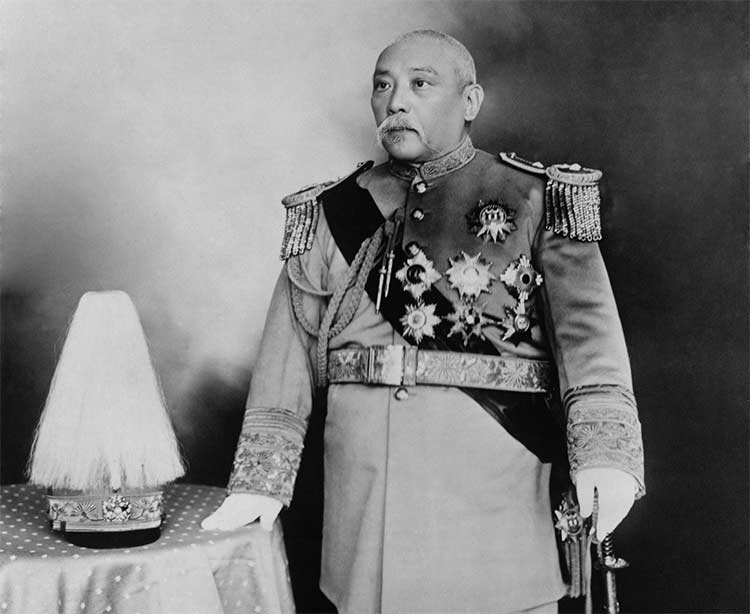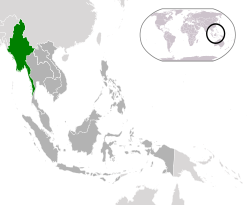Home of Nanking Massacre
In 1928, the Chinese Nationalist Government moved the capital of China from Peking (Beijing) to Nanking. The city normally held about 250,000 people, but by the mid-1930s its population had swollen to more than 1 million. Many of them were refugees, fleeing from the Japanese armies which had invaded China. On November 11, 1937, after securing control of Shanghai, the Japanese army advanced towards Nanking from different directions. In early December, the Japanese troops were already in the outskirts of Nanking.

Many women and girls were raped and killed.
On December 9, the Japanese troops launched a massive attack upon the city. On the 12th, the defending Chinese troops decided to retreat to the other side of the Yangtze River (Yangzi Jiang). On December 13, the 6th and 16th Divisions of the Japanese Army entered the city' s Zhongshan and Pacific Gates. In the afternoon, two Japanese Navy fleets arrived. In the following six weeks, the occupying forces engaged in an orgy of looting and mass execution which came to be known as the Nanking Massacre. Most experts agree that at least 300,000 Chinese died, and 20,000 women were raped. Some estimate the numbers to be much higher - 340,000 and 80,000 respectively.

Mass Killings in Nanjing
During the Nanking Massacre, the Japanese committed a litany of atrocities against innocent civilians, including mass execution, raping, looting, and burning. It is impossible to keep a detailed account of all of these crimes. However, from the scale and the nature of these crimes as documented by survivors and the diaries of the Japanese militarists, the chilling evidence of this historical tragedy is indisputable.


Killing a soldier Killing yound people

These are real people's heads.
THE SAVAGERY OF THE KILLING WAS AS APPALLING AS ITS SCALE.
Thousands of victims were beheaded, burned, bayoneted, buried alive, or disemboweled.
To this day the Japanese government has refused to apologize for these and other World War II atrocities, and a significant sector of Japanese society denies that they took place at all.








